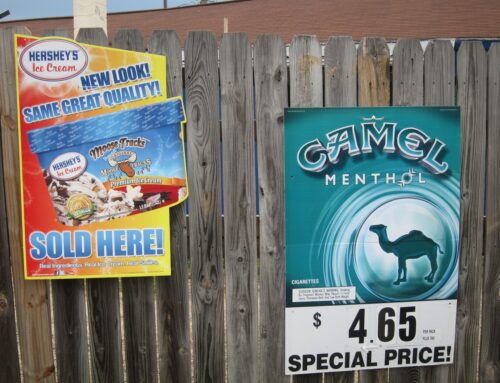Last weekend, the US saw the worst mass murder of Jewish people in its history with a shooting at the Tree of Life Or L’Simcha Synagogue in Pittsburgh, PA. Just days before, a man in Kentucky shot and killed two black men at a grocery store after an unsuccessful attempt to enter the First Baptist Church of Jeffersontown, a predominantly black church.
This week, the blog Nonprofit AF featured a post about the tragedies in Pittsburgh and Jeffersontown. Nonprofit AF is written by Vu Le, Executive Director of Rainier Valley Corps. Vu posts—with incredible insight and humor—every Monday about all kinds of topics relevant to the nonprofit sector, like capacity building, equity, board relations, and—ahem—jargon.
These tragedies are not fun to read about in your usual Monday morning, get-settled-at-the-office routine. But we can’t ignore them.
When we talk about “place,” we often define it as “where we live, work, learn, play, and pray.” It’s the built environment that makes up our community (and impacts our health), and yes, that includes our churches and grocery stores.
In Maslow’s hierarchy of needs, safety is considered a basic need, just after physiological needs like food, water, warmth, and rest. Safety means protection from elements, security, order, law, stability, and freedom from fear. To what extent can a person feel a sense of belonging to a community if they do not feel safe? And what happens to a society in which its places of worship are targeted because of the congregants’ beliefs, cultural backgrounds, or even physical traits?
What we saw last week was devastating, disheartening, and fear-inducing.
But, as Vu wrote on Monday,
“It’s OK to despair and feel hopeless. But we can’t spend too much time in that state. The people who were murdered at Tree of Life died because they belonged to a congregation that believes in love and in community. The best way to honor them is to continue our work, to take bold actions, to stand up for one another against hatred.”
So that’s what we’ll do. Working toward making retailers healthier is just one tiny sliver of a much larger endeavor to advance place-based public health; but it’s our way of making our communities healthier, safer, and more equitable.





